
Rome vs Berlin: 5 Key Differences Every Savvy Traveler Should Know
Rome and Berlin are two captivating European capitals that draw millions of tourists annually. Both cities offer unique experiences, but they couldn’t be more different.
Rome is steeped in ancient history, with iconic landmarks like the Colosseum and Vatican City. Conversely, Berlin is a modern metropolis known for its vibrant arts scene and cutting-edge culture.
Travelers often find Rome better suited for history buffs and food lovers, while Berlin appeals more to those seeking nightlife and contemporary attractions. Rome’s narrow cobblestone streets and charming piazzas contrast sharply with Berlin’s wide boulevards and sleek architecture. The eternal city boasts world-famous Italian cuisine, while Berlin serves diverse international flavors.
Choosing between these two destinations depends on personal interests. Rome shines for its classical art and archaeology, while Berlin excels in modern art galleries and street murals.
Both cities have rich histories, but Rome stretches back thousands of years, while Berlin’s most significant events are more recent. No matter which city you pick, you’re in for an unforgettable European adventure.
Contents
- Historical Context and Significance
- Ancient Rome and Its Legacy
- Berlin’s Rich History
- Cultural Comparison
- Roman Lifestyle and Customs
- Berlin’s Cultural Scene
- Economic Factors
- Cost of Living in Rome vs Berlin
- Employment and Industries
- Transportation Systems
- Getting Around Rome
- Navigating Berlin
- Culinary Experiences
- Roman Cuisine
- Berlin’s Food Scene
- Tourism and Attractions
- Tourist Attractions in Rome
- Exploring Attractions in Berlin
- Accommodation and Lodging
- Staying in Rome
- Accommodations in Berlin
- Frequently Asked Questions
- Which city travelers prefer for a more historical experience, Rome or Berlin?
- Considering the cost of living and tourism, is Rome considered more expensive than Berlin?
- Between Rome and Berlin, which city’s cultural attractions offer a wider variety for visitors?
- How does the public transportation experience in Berlin compare to that in Rome for tourists?
- For historical significance and landmarks, which city offers a more immersive experience: Berlin or Rome?
- In terms of food and cuisine, how do Rome and Berlin differ in satisfying culinary enthusiasts?
- More Travel Guides
Historical Context and Significance

Rome and Berlin have played major roles in shaping European history and culture. These two cities have left lasting marks on art, politics, and society that continue to influence today’s world.
Ancient Rome and Its Legacy
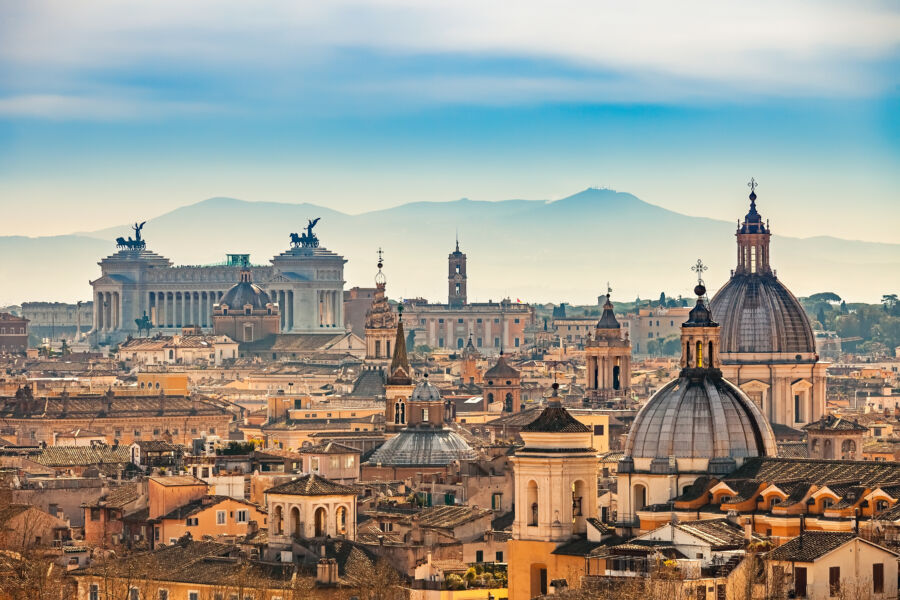
Rome’s history stretches back over 2,500 years. As the center of the mighty Roman Empire, it was once the most powerful city in the world. The Romans built amazing structures that still stand today.
The Colosseum hosted gladiator fights and other spectacles for up to 80,000 people. The Pantheon, with its massive concrete dome, was a temple to all the Roman gods.
Rome’s influence spread far beyond Italy. Roman law, government, and culture shaped much of Europe. Latin, the language of ancient Rome, is the basis for Italian, French, Spanish, and other modern languages.
After the empire’s fall, Rome became the center of the Catholic Church. Vatican City, the Church’s headquarters, attracts millions of visitors each year to see St. Peter’s Basilica and the Vatican Museums.
Berlin’s Rich History
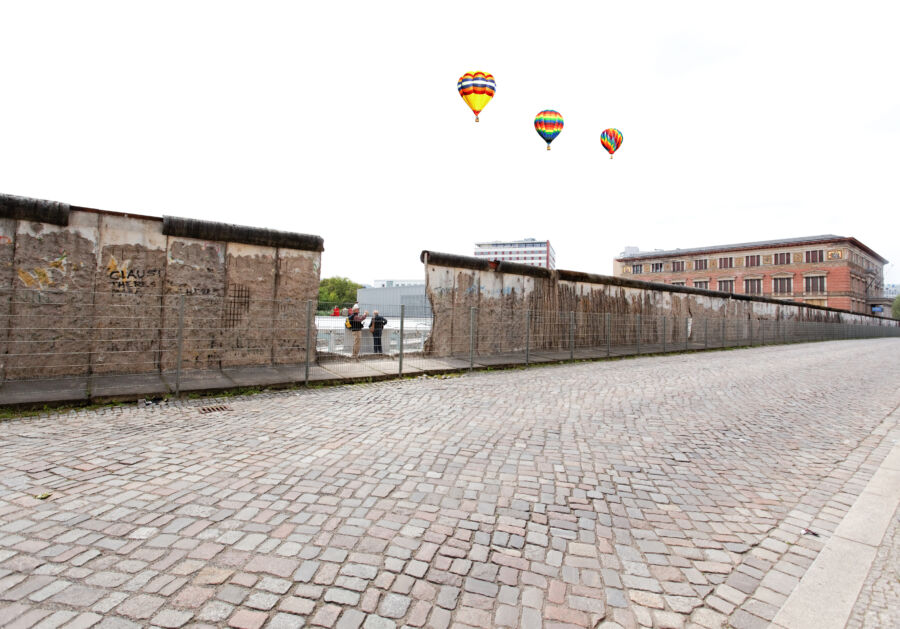
Berlin’s history is shorter but equally fascinating. In the 1700s, it became the capital of Prussia and later the center of the German Empire.
In the 1920s, Berlin was a hub of art and culture. However, the city was badly damaged in World War II and then divided by the Berlin Wall during the Cold War.
When the Wall fell in 1989, it marked the end of the Cold War. Berlin became the capital of a reunified Germany. Today, it’s known for its mix of history and hip modern culture.
Visitors can see remnants of the Wall and Cold War sites like Checkpoint Charlie. The city also has world-class museums, a thriving arts scene, and wild nightlife. Berlin has reinvented itself many times but always keeps traces of its past.
Cultural Comparison
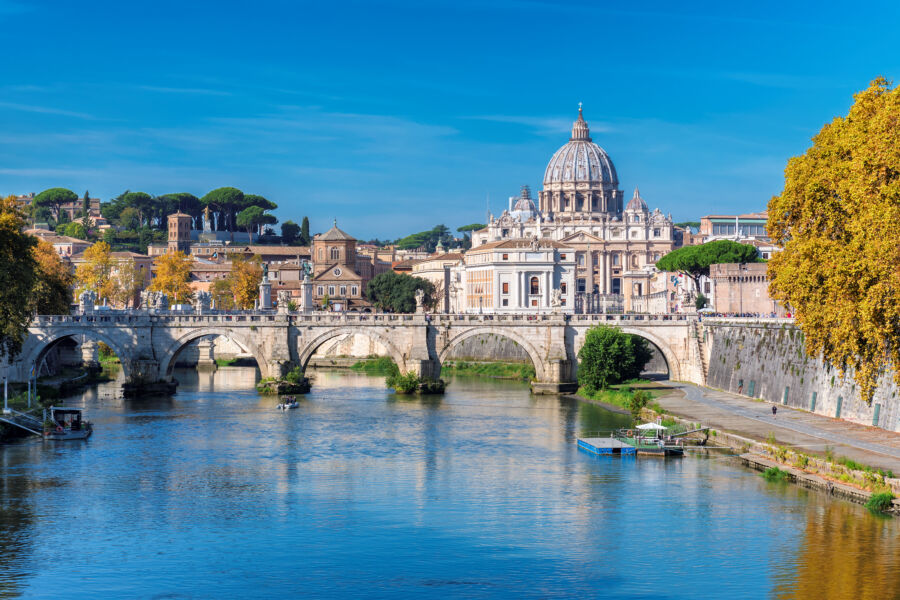
Rome and Berlin offer distinct cultural experiences that reflect their unique histories and modern identities. Each city has its special flavor, from ancient traditions to cutting-edge art scenes.
Roman Lifestyle and Customs
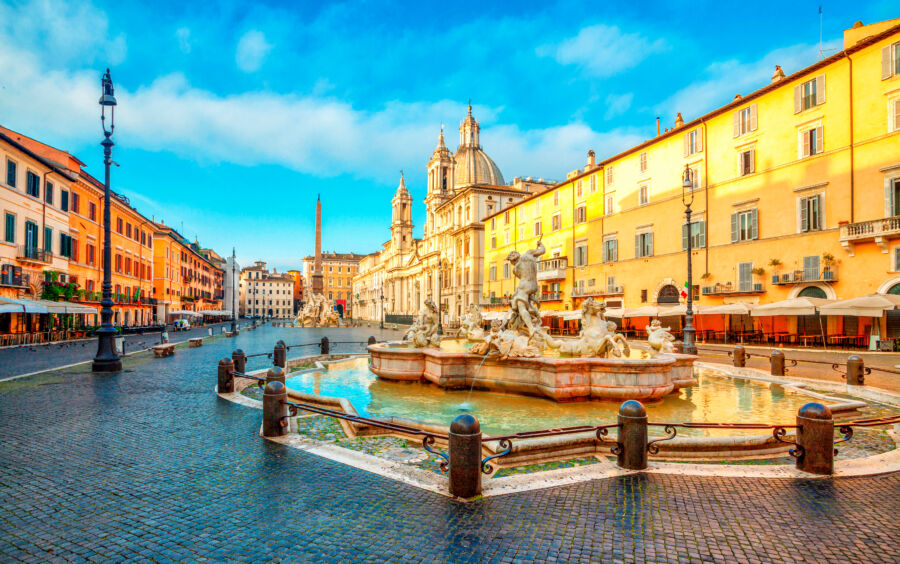
Romans embrace la dolce vita – the sweet life. Meals are social events, with families and friends gathering for long lunches and dinners. You’ll see locals sipping espresso at sidewalk cafes or enjoying gelato while strolling through charming piazzas.
Piazza Navona comes alive in the evenings as artists set up easels and street performers entertain crowds. On Sundays, many Romans head to Villa Borghese Park for picnics and bike rides.
The city moves at a slower pace. Shops often close for a few hours in the afternoon for riposo – a midday break. Romans take pride in their heritage, with many cultural events celebrating the Eternal City’s long history.
Berlin’s Cultural Scene
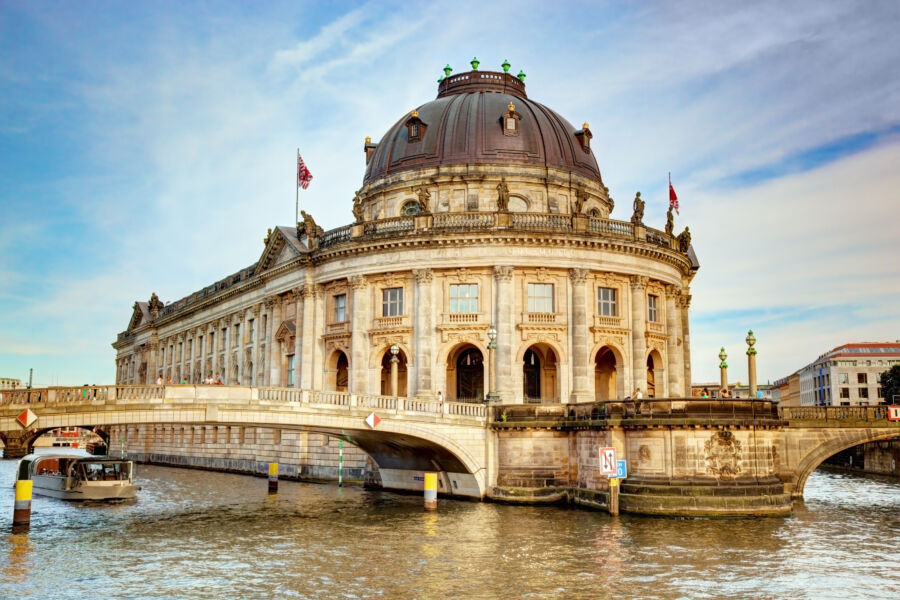
Berlin pulses with creative energy. The city is a magnet for artists, musicians, and innovators from around the world. You’ll find cutting-edge galleries, underground clubs, and quirky pop-up events around every corner.
Museum Island houses five world-class museums in the heart of the city. But Berlin’s art scene goes beyond traditional spaces – murals and street art add splashes of color to once-drab Soviet-era buildings.
Berliners work hard but know how to play. The nightlife is legendary, with clubs that stay open all weekend. Impromptu parties pop up in parks and along the Spree River during summer.
The city embraces diversity and individual expression. You’ll see all types of fashion and lifestyles coexisting. Berliners tend to be direct in communication but warm and welcoming to visitors.
See Related: Hidden Boutique Hotels in Europe That Redefine Luxury
Economic Factors
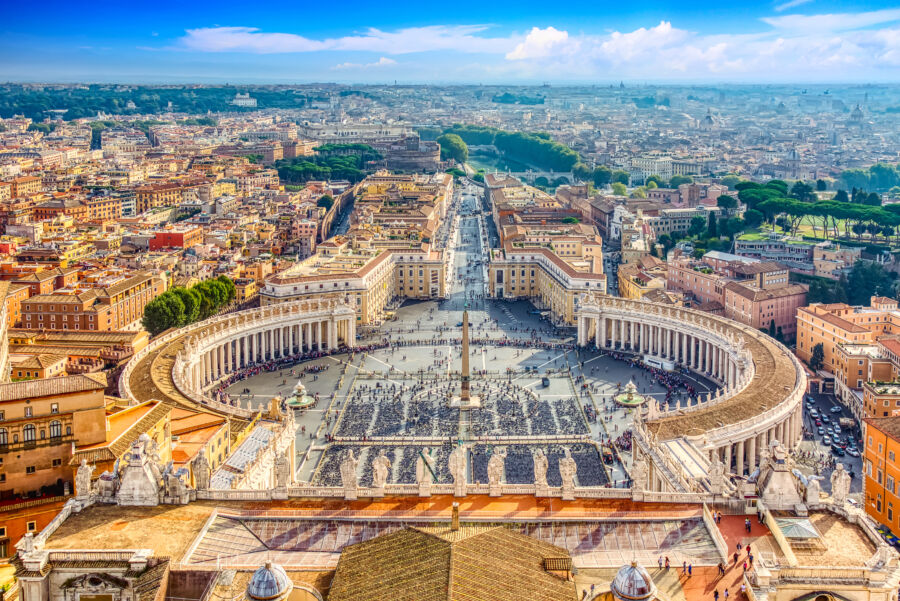
Rome and Berlin have distinct economic landscapes that shape daily life for residents and visitors alike. From living costs to job markets, these cities offer unique financial experiences.
Cost of Living in Rome vs Berlin
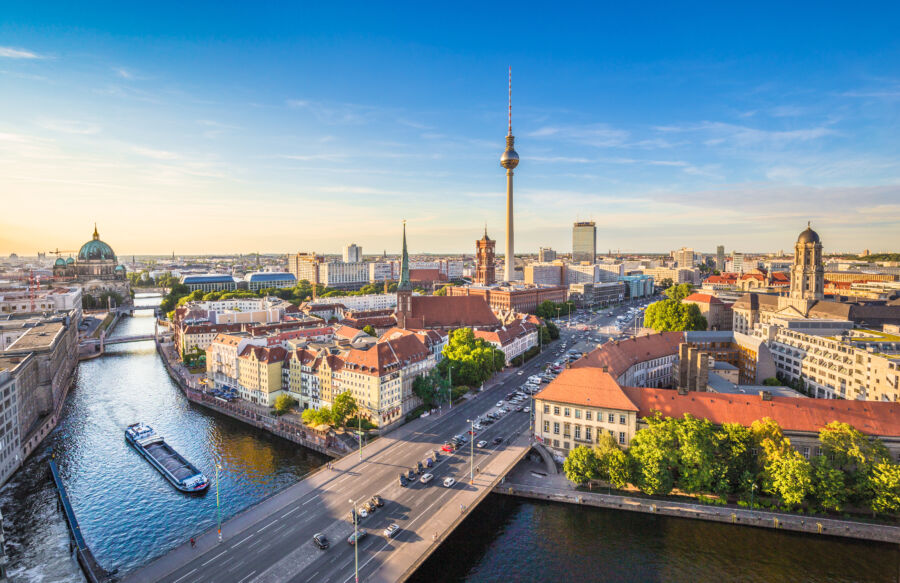
Berlin is pricier than Rome overall. Rent, food, and entertainment all cost more in the German capital.
A meal in Berlin might set you back 12% more than in Rome. Groceries are about 7% more expensive too.
But it’s not all bad news for Berlin. The city’s higher salaries help offset the increased costs. People in Berlin typically earn more than their Roman counterparts. This means they can afford the higher prices.
Rome has its perks, too. Lower rent is a big plus. Compared to Berlin, you’ll save about 9% on housing, which can significantly affect your monthly budget.
Employment and Industries

Berlin’s job market is booming. The city is a hub for tech startups and creative industries.
It’s known for its thriving arts scene and digital innovation, which means there are many opportunities for young professionals and entrepreneurs.
Rome’s economy relies heavily on tourism and government jobs. The Eternal City draws millions of visitors each year, creating work in hotels, restaurants, and tour companies. However, this also makes the job market less diverse than Berlin’s.
Unemployment is slightly higher in Rome. The difference is small – about 0.7%.
But it shows Berlin’s stronger overall job market. The German city’s mix of industries offers more stability and growth potential.
Transportation Systems

Rome and Berlin offer efficient public transportation, but their systems have some key differences. Let’s explore how to navigate these iconic European capitals.
Getting Around Rome
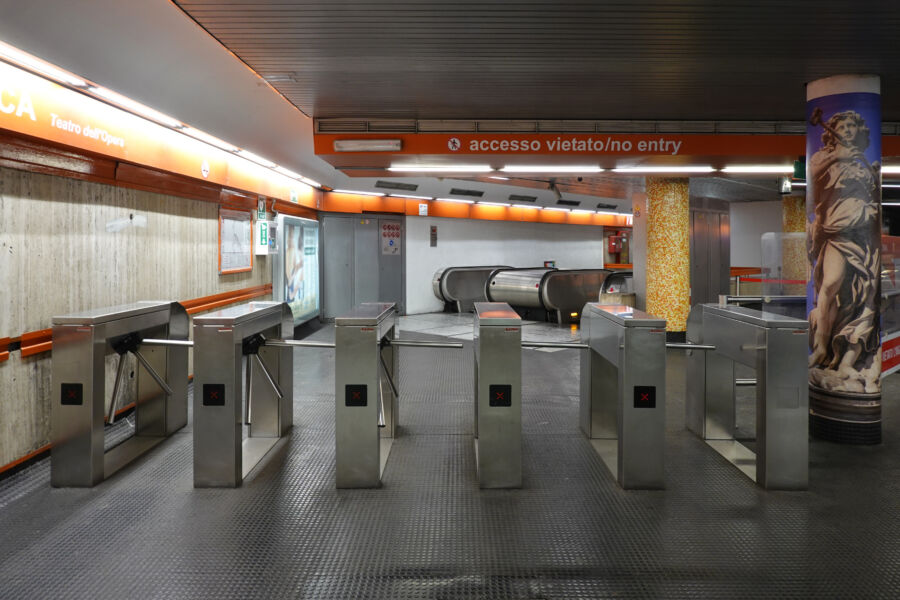
Rome’s public transit network includes buses, trams, and a metro system. The metro is pretty handy, with three lines covering major city parts. It’s great for zipping between popular spots like the Colosseum and Vatican City.
Buses fill in the gaps, reaching areas the metro doesn’t. They can be crowded during rush hour, but they’re a good option for seeing more of the city as you travel.
Trams are less common, but it can be fun to explore certain neighborhoods. Many visitors find walking is often the best way to soak in Rome’s charm, especially in the historic center where streets are narrow and full of character.
Taxis are available, too, but traffic can make them slow and pricey.

Berlin’s transit system is top-notch. The U-Bahn (underground) and S-Bahn (above-ground) trains form the network’s backbone. They’re fast, frequent, and cover the city extensively.
Buses and trams complement the rail system nicely. Trams are especially useful in former East Berlin neighborhoods.
Berlin’s public transport options are generally more modern and spacious than Rome’s. The system is also easier for newcomers, with clear signs and announcements in English.
Cycling is big in Berlin, with lots of bike lanes and rental options. It’s a great way to explore the city’s parks and neighborhoods.
Both cities have ride-sharing and car-sharing services for those who prefer more flexibility. Berlin’s airports are well-connected to the city center by train, making arrivals and departures a breeze.
Culinary Experiences

Rome and Berlin offer two completely different food scenes. Each city has unique flavors and dining traditions that reflect its rich history and culture.
Roman Cuisine

When in Rome, eat as the Romans do! The Eternal City is a food lover’s paradise, and pasta dishes are a must-try.
Carbonara is a local favorite—creamy pasta with eggs, cheese, and pancetta. Don’t miss cacio e pepe, either—a simple yet delicious combination of pasta, pecorino cheese, and black pepper.
Pizza in Rome is thin and crispy. Try it at a local pizzeria for the real deal.
Grab some supplì – fried rice balls with a gooey mozzarella center for a quick bite. They’re perfect for snacking while sightseeing.
Roman cuisine also shines with its meat dishes. Saltimbocca alla Romana, made with veal, prosciutto, and sage, is a tasty treat. And no trip to Rome is complete without gelato, a creamy Italian ice cream in tons of flavors.
Berlin’s Food Scene

Berlin’s food scene is super diverse. It’s a melting pot of cultures, which shows in its cuisine. Street food is big here.
Döner kebab, brought by Turkish immigrants, is now a Berlin staple. It’s tasty, cheap, and perfect for a quick lunch.
Currywurst is another Berlin classic. It’s a sausage topped with curry-spiced ketchup.
You’ll find it at food stalls all over the city. Try some traditional German fare like schnitzel or sauerbraten for a sit-down meal.
Berlin also has a booming vegan scene. There are tons of plant-based restaurants and cafes.
Even non-vegans might be surprised by how good the food is! The city’s nightlife is famous, too. Many bars serve great food and drinks, so you can snack while you party.
See Related: London vs Rome: Which Historic Capital Offers the Ultimate European Adventure?
Tourism and Attractions

Rome and Berlin are both amazing cities for tourists. Each offers unique experiences, from ancient wonders to modern marvels. Let’s explore the top sights in these captivating European capitals.
Tourist Attractions in Rome

Rome is a treasure trove of history and culture. The Colosseum stands as an iconic symbol of ancient Rome.
This massive amphitheater once hosted gladiator battles and other spectacles. Today, visitors can step inside and imagine the roar of the crowds.
Vatican City, the world’s smallest country, is another must-see. St. Peter’s Basilica and the Sistine Chapel draw millions of tourists annually, and the stunning artwork and architecture leave many in awe.
For a taste of local life, head to Trastevere. This charming neighborhood boasts winding cobblestone streets and lively piazzas. It’s perfect for sampling authentic Roman cuisine and people-watching.
Don’t miss the Trevi Fountain. Legend says tossing a coin ensures a return to Rome. The Spanish Steps and Pantheon are also worth a visit.
Exploring Attractions in Berlin
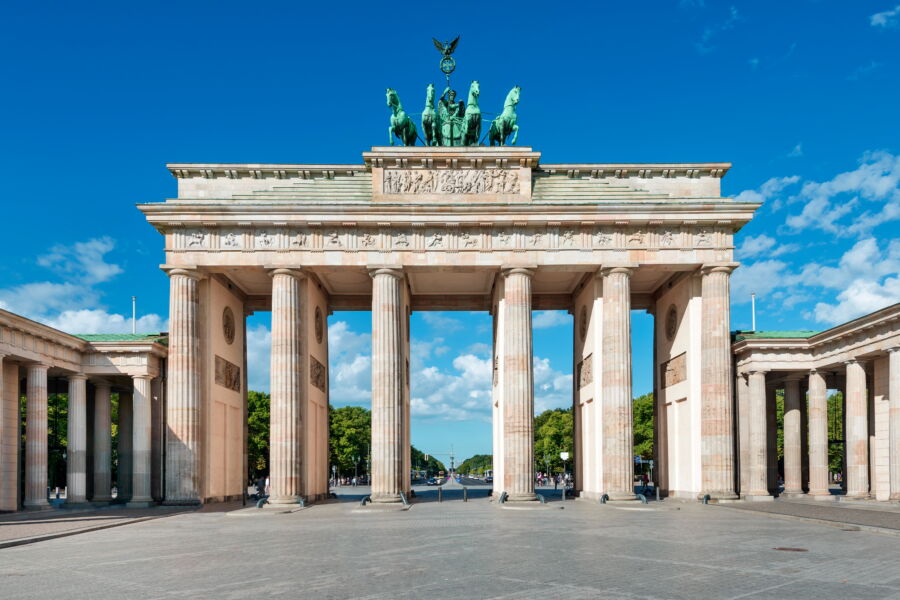
Berlin offers a mix of history and modern flair. The Brandenburg Gate symbolizes German unity and is a great starting point for exploring. Nearby, the Reichstag Building impresses with its glass dome and city views.
Museum Island is a culture lover’s dream. This UNESCO World Heritage site houses five world-class museums, including the Pergamon Museum, with its ancient artifacts being a highlight.
Visit the East Side Gallery for a sobering look at history. This colorful stretch of the Berlin Wall features murals by artists from around the world.
Checkpoint Charlie, once a Cold War crossing point, now teaches visitors about the city’s divided past. The Jewish Museum and Holocaust Memorial offer moving tributes to those lost in World War II. Book a guided tour to learn more about Berlin’s fascinating history and vibrant present.
Accommodation and Lodging
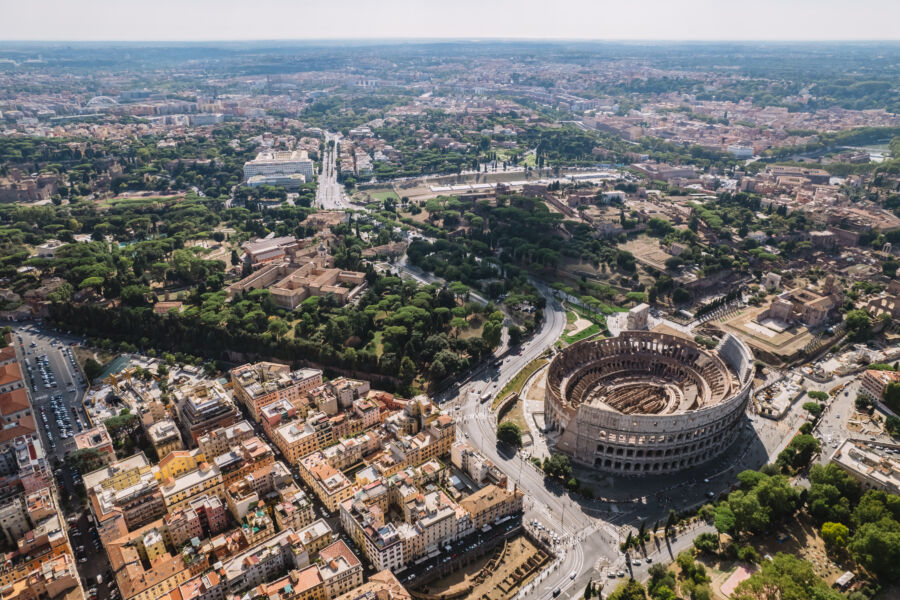
Rome and Berlin offer diverse lodging options to suit different tastes and budgets. Each city has its unique charm regarding where you’ll rest your head at night.
Staying in Rome

Rome’s accommodation scene is a mix of historic charm and modern comfort. Many hotels are housed in beautiful old buildings with tons of character. Options range from luxury palaces to cozy bed and breakfasts.
The city center is popular but pricey. Areas like Trastevere or Monti offer a more local vibe. Rome’s hotels can be hit or miss with maintenance, so make sure to read reviews before booking.
For a special stay, splurge in a room with a view of ancient ruins or grand piazzas. Budget travelers can find good deals at family-run pensiones or religious guesthouses.
Accommodations in Berlin

Berlin’s lodging options reflect the city’s eclectic spirit. You’ll find sleek design hotels, quirky hostels, and everything. The city is more spread out, so location is key when picking a place to stay.
Mitte is central but can be touristy. Kreuzberg and Friedrichshain are hip areas with lots of budget-friendly spots. For a quieter vibe, check out Charlottenburg or Prenzlauer Berg.
Berlin tends to offer better value than Rome. You can often snag a stylish room for less.
Many hotels occupy cool converted buildings, such as old factories or warehouses. Look into Berlin’s many apartment rentals or artsy boutique hotels for a unique stay.
See Related: Rome vs Paris: Which European Capital Steals Your Heart?
Frequently Asked Questions

Rome and Berlin offer distinct experiences for travelers. Each city has unique charms, from historical landmarks to cultural attractions and culinary delights. Let’s explore some common questions about these two European capitals.
Which city travelers prefer for a more historical experience, Rome or Berlin?
Rome is a destination for history buffs. The Eternal City boasts ancient ruins like the Colosseum and Roman Forum, and visitors can follow in gladiators’ and emperors’ footsteps.
In comparison, Berlin’s history is more recent but equally fascinating. The city tells the story of World War II and the Cold War. Must-see spots include the Berlin Wall and Checkpoint Charlie.
Considering the cost of living and tourism, is Rome considered more expensive than Berlin?
Rome tends to be pricier than Berlin. Hotels and restaurants in popular tourist areas can be costly, but budget options exist if you know where to look.
Berlin is often seen as more affordable. Food and accommodation prices are generally lower, and the city offers great value for money, especially for young travelers.
Between Rome and Berlin, which city’s cultural attractions offer a wider variety for visitors?
Both cities are cultural powerhouses but in different ways. Rome shines with its art museums and galleries. The Vatican Museums house masterpieces like the Sistine Chapel.
Meanwhile, Berlin is a hub for contemporary art and music. It’s known for its street art, techno clubs, and avant-garde galleries. The city has a vibrant, ever-changing cultural scene.
How does the public transportation experience in Berlin compare to that in Rome for tourists?
Berlin’s public transport is top-notch. The U-Bahn and S-Bahn systems are efficient and easy to use, and buses and trams complement the network.
Rome’s public transport can be more challenging. Buses can be crowded and sometimes unreliable. The metro is limited but useful for reaching major attractions.
For historical significance and landmarks, which city offers a more immersive experience: Berlin or Rome?
Rome offers a more immersive historical experience. The city is like an open-air museum, with ancient ruins mixed with modern life.
In contrast, Berlin’s history is more compartmentalized. Key sites like the East Side Gallery and Holocaust Memorial are powerful but spread out, and the city’s historical narrative is more focused on the 20th century.
In terms of food and cuisine, how do Rome and Berlin differ in satisfying culinary enthusiasts?
Rome is a paradise for food lovers. Italian cuisine takes center stage.
You must try pizza, pasta, and gelato. The city is also known for its wine and coffee culture.
Berlin offers a diverse food scene. It’s great for international cuisine, especially Turkish and Vietnamese. The city is famous for its street food, like currywurst and döner kebabs.



